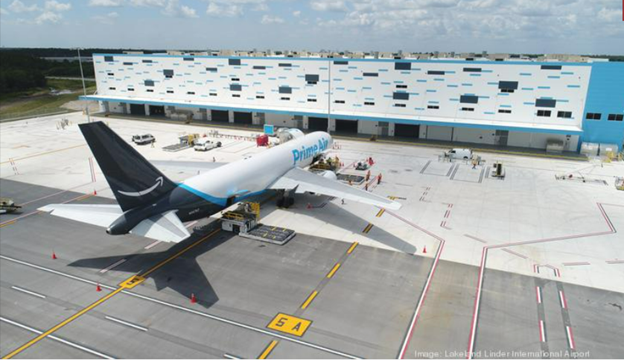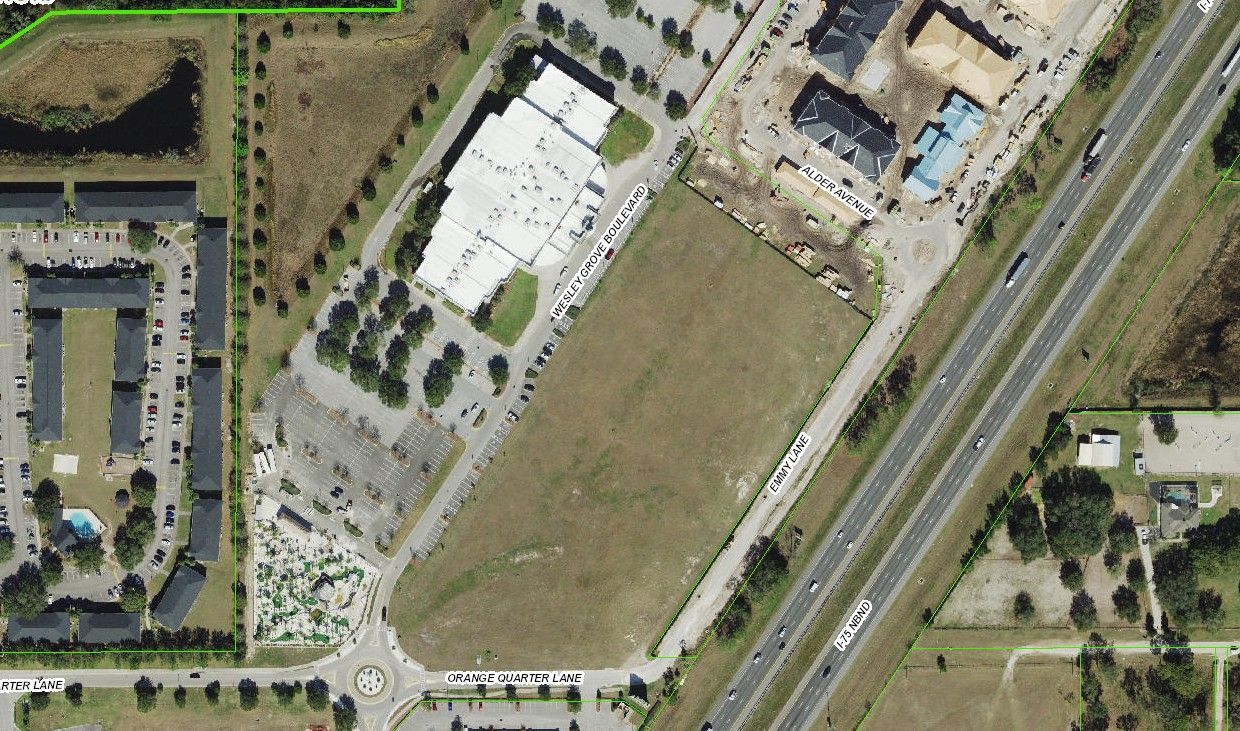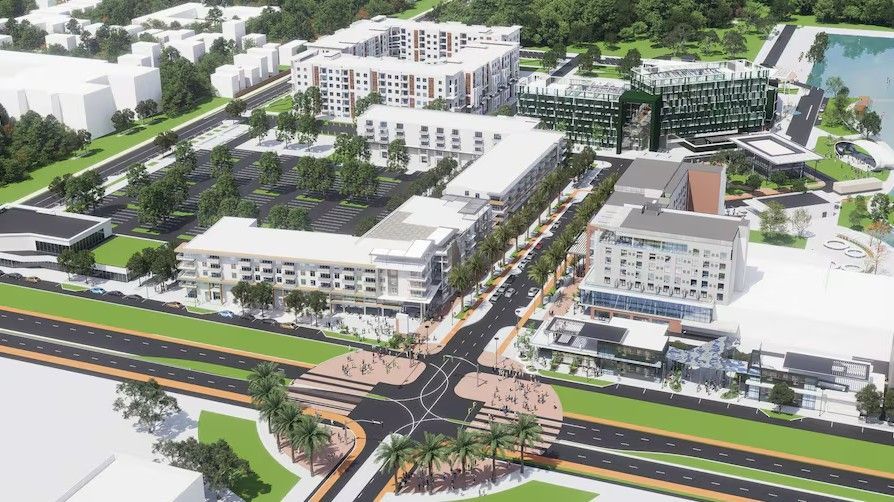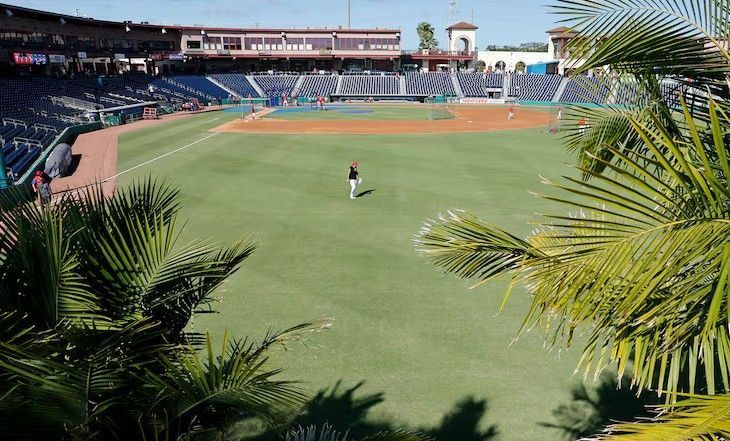By cliggittvaluation
•
July 31, 2025
After a pause following last year’s hurricanes, the Philadelphia Phillies have resumed discussions with the City of Clearwater and Pinellas County to revisit long-term plans for upgrading their spring training complex. While no formal proposal has been submitted yet, early conversations signal a renewed interest in reaching a mutually beneficial agreement. City Manager Jennifer Poirrier, who is leading negotiations on behalf of Clearwater, says the team appears to be taking past community feedback seriously. “The Phillies organization definitely seems to have been listening,” Poirrier said, noting cautious optimism about progress. Pinellas County Administrator Barry Burton has also been involved in the meetings, given the likelihood that the Phillies will request funding from the county’s bed tax—a tax collected on short-term lodging stays. “Our role stems from the tourism impact the Phillies bring,” Burton said. “They’ve indicated that they may request funding from the bed tax, which is why we’re part of these conversations.” Back in 2019, the Phillies requested $40 million from the county’s bed tax to fund a nearly $80 million renovation of BayCare Ballpark and the nearby Carpenter Complex. That proposal didn’t gain traction, especially as the facilities—built in 2004—were significantly newer than others that had received funding, such as the Toronto Blue Jays’ Dunedin complex. Since then, project plans have remained fluid. In 2022, the Phillies unveiled a vision for a year-round player development hub, with cost estimates reaching $300 million. Later, they introduced a proposed mixed-use development—Ballpark Village—featuring residential units, retail, and dining space. The team purchased 13 acres just south of the complex for $22.5 million in November 2023 to support this expansion. Still, a more modest stadium-focused project, with a projected cost around $65 million, seems to be the first step forward. Poirrier confirmed that a scaled-down version is the likely direction in the near term but emphasized openness to more comprehensive plans in the future. “The U.S. 19 corridor holds enormous potential for economic growth,” she said. “We’re dreaming big and keeping our minds open.” The most recent meeting between city, county, and Phillies representatives took place on July 16, with another one scheduled for Friday. While Clearwater hasn’t re-engaged its former consulting firm CAA Icon—paid over $260,000 for its past role in negotiations—it may do so again down the line. From the Phillies’ side, key personnel in the discussions include Director of Florida Operations John Timberlake, BayCare Ballpark GM Doug Kemp, and CFO John Nickolas. Timberlake has not provided public comment on the meetings. City and county representatives, including Poirrier and Burton, are also planning a visit to Philadelphia in late August, a tradition where local officials are hosted by the team at Citizens Bank Park. These visits often include dinners, games, and conversations—but no negotiation meetings are currently scheduled for the trip. The Phillies have held their spring training in Clearwater since 1947 and have built deep ties to the community. In addition to their stadium investments, the team has made philanthropic contributions, including a $1 million donation toward hurricane relief last November. As of now, no final timeline has been established for the proposal or public funding request. “I think it’s safe to say everyone wants this finalized sooner rather than later,” Poirrier said, “but there’s no definitive timeframe just yet.” Source: Tampa Bay Times Thank you for your interest. Have questions regarding the local market? Navigate the Real Estate Market with confidence, and contact us at Cliggitt Valuation for your appraisal, consulting, and valuation needs today. Mike Cliggitt, MAI, MRICS, CCIM 813.405.1705 | 863.661.1165 - Direct Lines findvalue@cliggitt.com Appraisal & Valuation Markets Questions about our blog? Contact our Director of Sales & Marketing, Sydney Avolt. Sydney Avolt 727.403.7418 - Direct Line sydney@cliggitt.com






